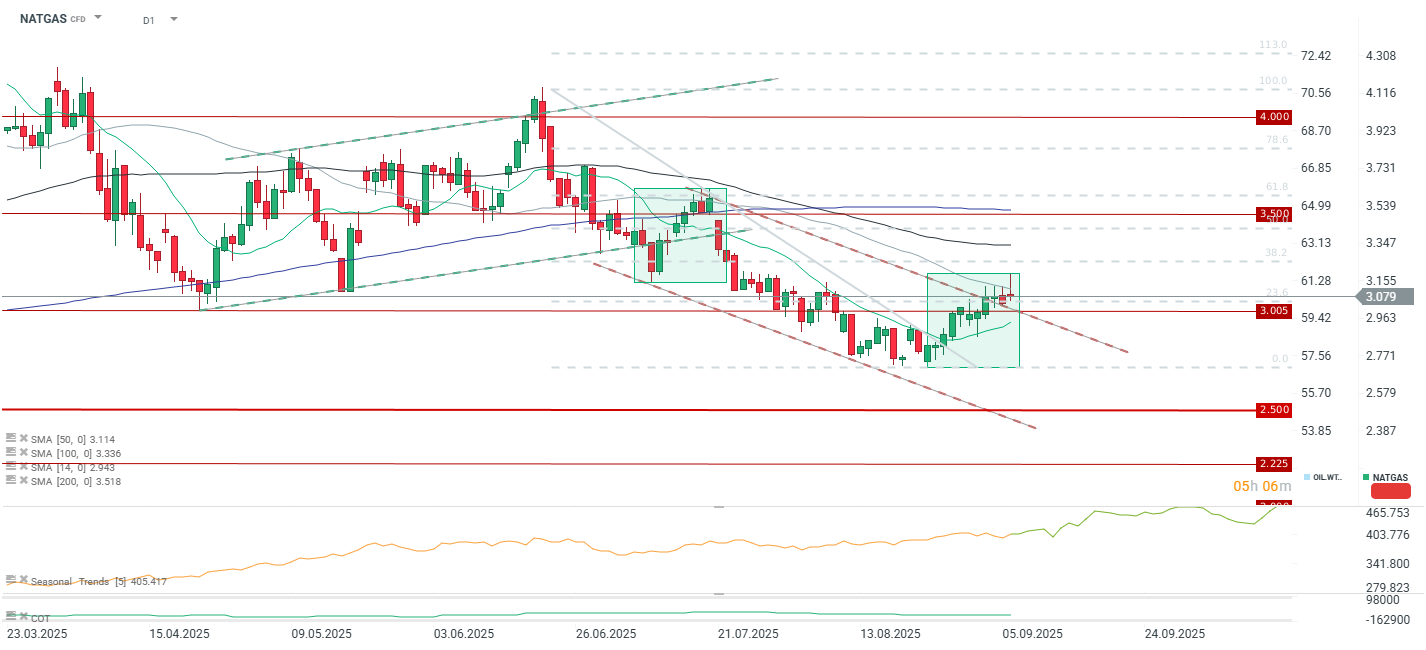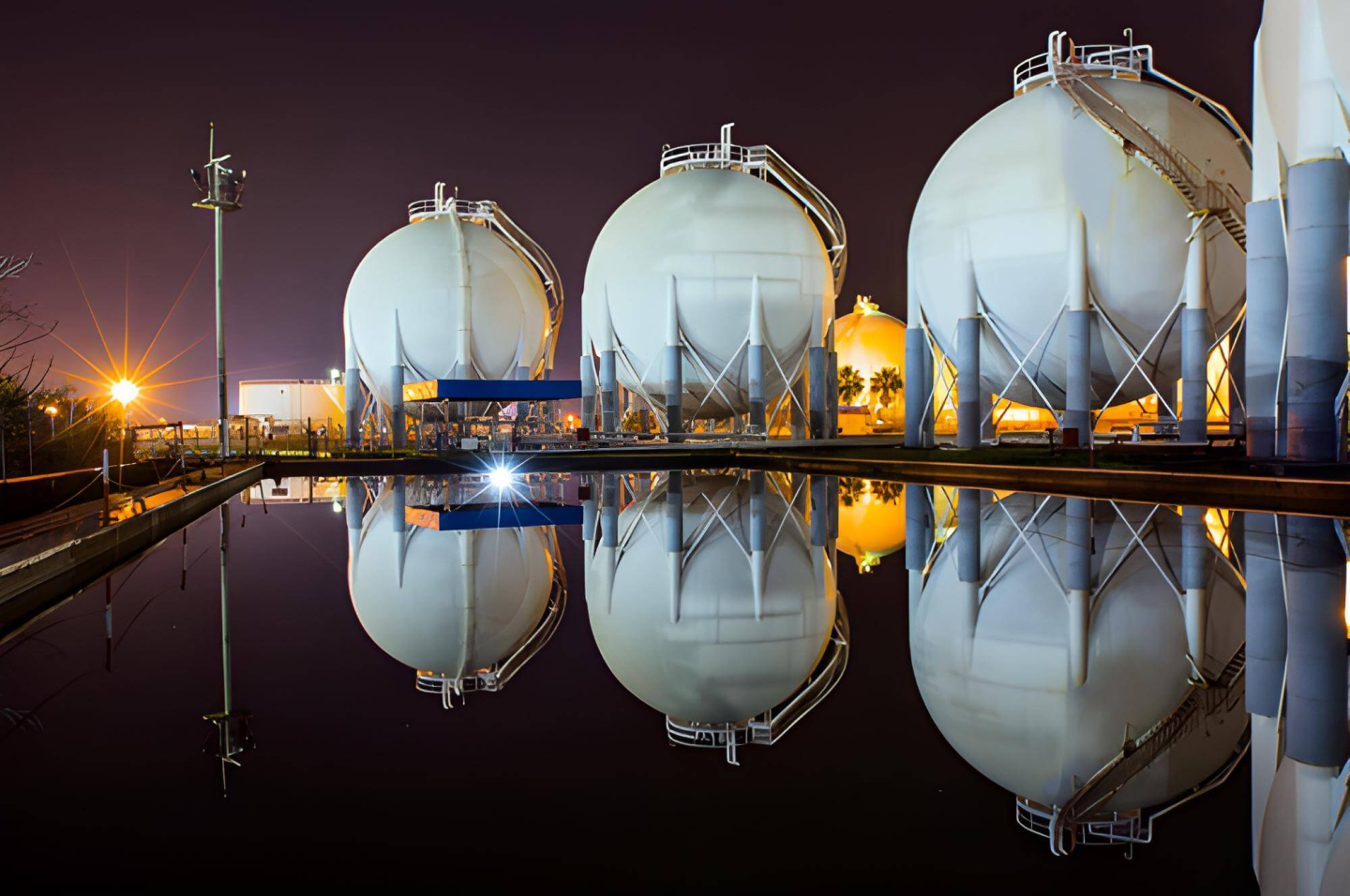Natural gas futures are up just under 2.0% today, paring back earlier gains that had exceeded 5%. The initial rally was supported by several factors. Firstly, average production has dipped to around 107 bcfd, a slight decrease from the August average of over 108 bcfd. Furthermore, recent forecasts indicate slightly warmer temperatures in the coming days, pushing the combined cooling and heating degree days slightly above last year's levels.
Early September marks a transitional period between the cooling and heating seasons. While aggregate U.S. demand may be moderating from its summer peaks, southern states continue to drive strong electricity demand for air conditioning.
However, the primary market focus today is on the psychological impact of a potential tropical storm in the Gulf of Mexico. Although the storm does not pose a direct threat to gas infrastructure, it remains a significant factor influencing market sentiment regarding demand.
Headwinds Persist for Natural Gas
Despite these intraday gains, several anti-growth factors continue to weigh on the market. Inventories remain at a very high level, more than 5% above the five-year average. Production also remains robust and is currently at an all-time high for this period. While LNG exports are strong, there is no immediate outlook for a significant increase.
From a technical perspective, the price of natural gas is retreating from the resistance level defined by the July correction range. The price has also fallen below its 50-period moving average, a move similar to one seen less than two months ago. Should this mark the beginning of a return to the downtrend, a confirmed move below the 14-period moving average around the $2.95 level would be a key signal. As long as the price remains above that average, the corrective rally is likely to continue.

Daily Summary: Wall Street ends the week with a calm gain 🗽 Cryptocurrencies slide
NATGAS surges 5% reaching 3-year high 🔎
Bitcoin loses 3% 📉Technical bearish flag pattern?
3 markets to watch next week (05.12.2025)


